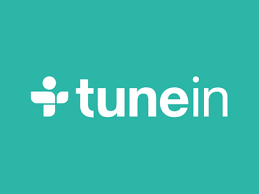Balloon to Take Ham Payloads Aloft in South Africa
/The lift-off of a balloon from a South African airstrip will carry a variety of ham radio payloads into near space.
A dramatic early-morning weather balloon launch on Saturday12th October 2024, is scheduled to lift a series of CubeSats into a near-space environment above South Africa as hams follow and track the balloon from locations as far away as possible. The hams were encouraged to use the various payloads, which included cross-band repeaters, LORA and APRS trackers, parrot repeaters, WSPR beacons and SSTV payloads The CubeSats remained aloft until the hydrogen-filled balloon bursts and then they parachute back to earth.
The launch at a model airstrip near Secunda, coordinated by the Secunda Radio Club, ZS6SRC, is known as BACAR-12. The acronym stands for Balloon Carrying Amateur Radio.
Source - ARnewline



